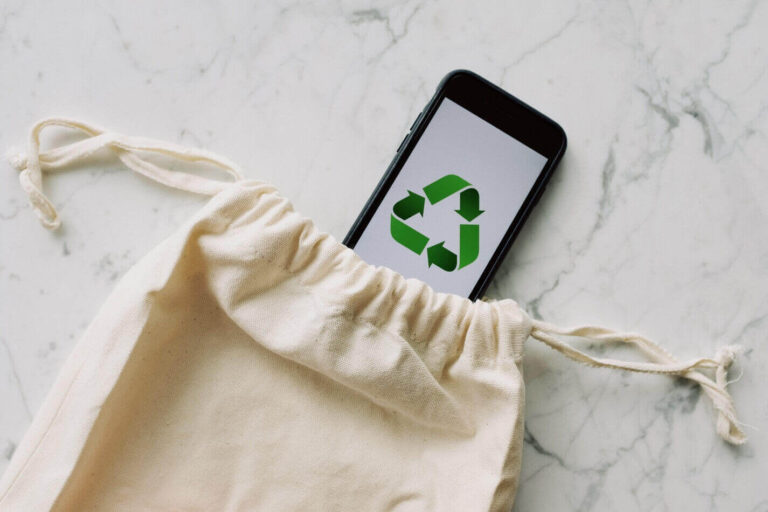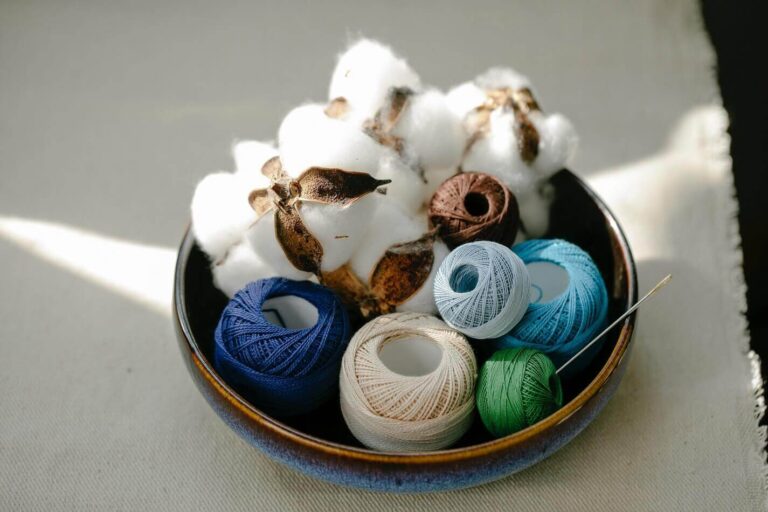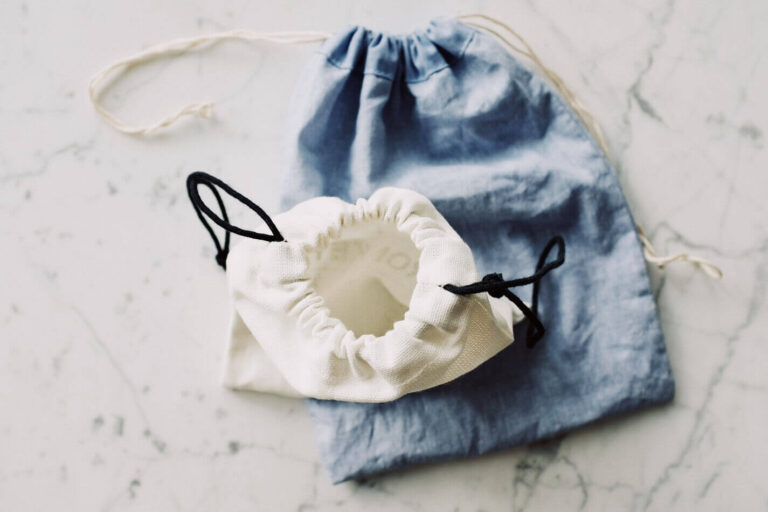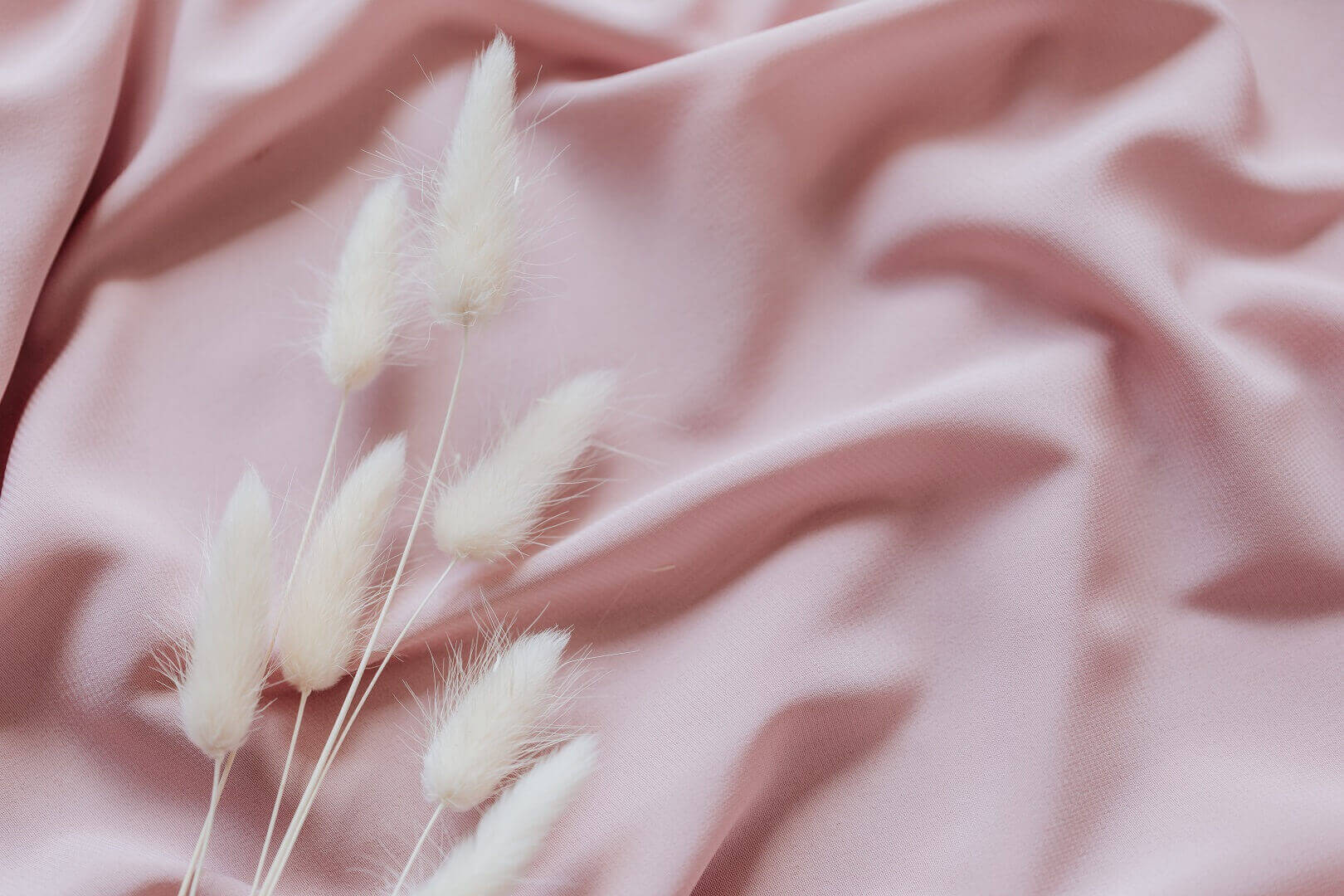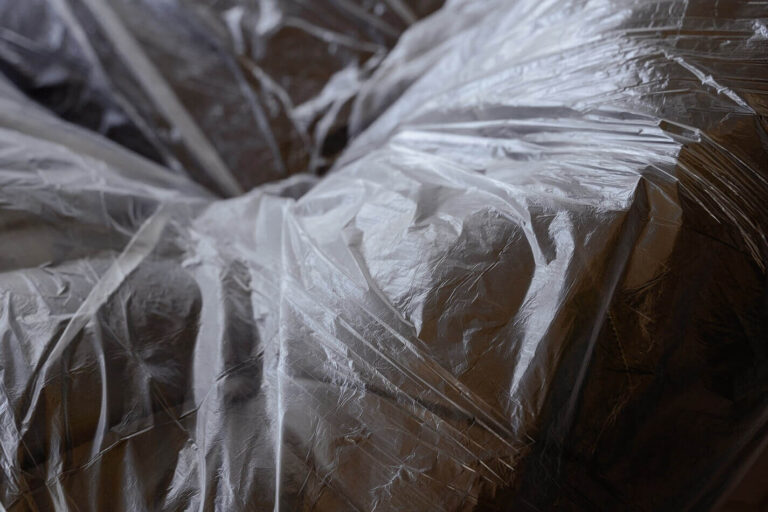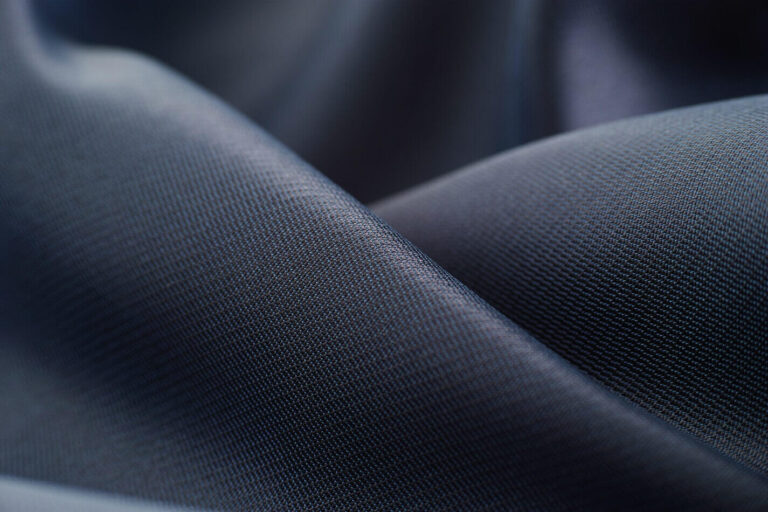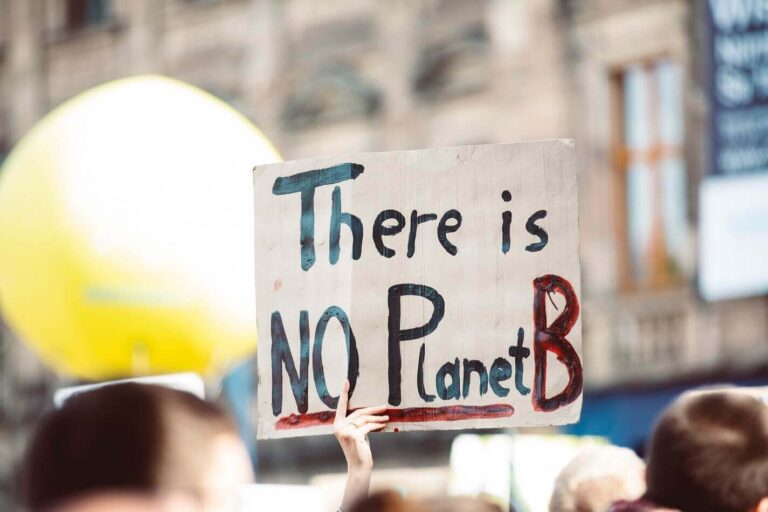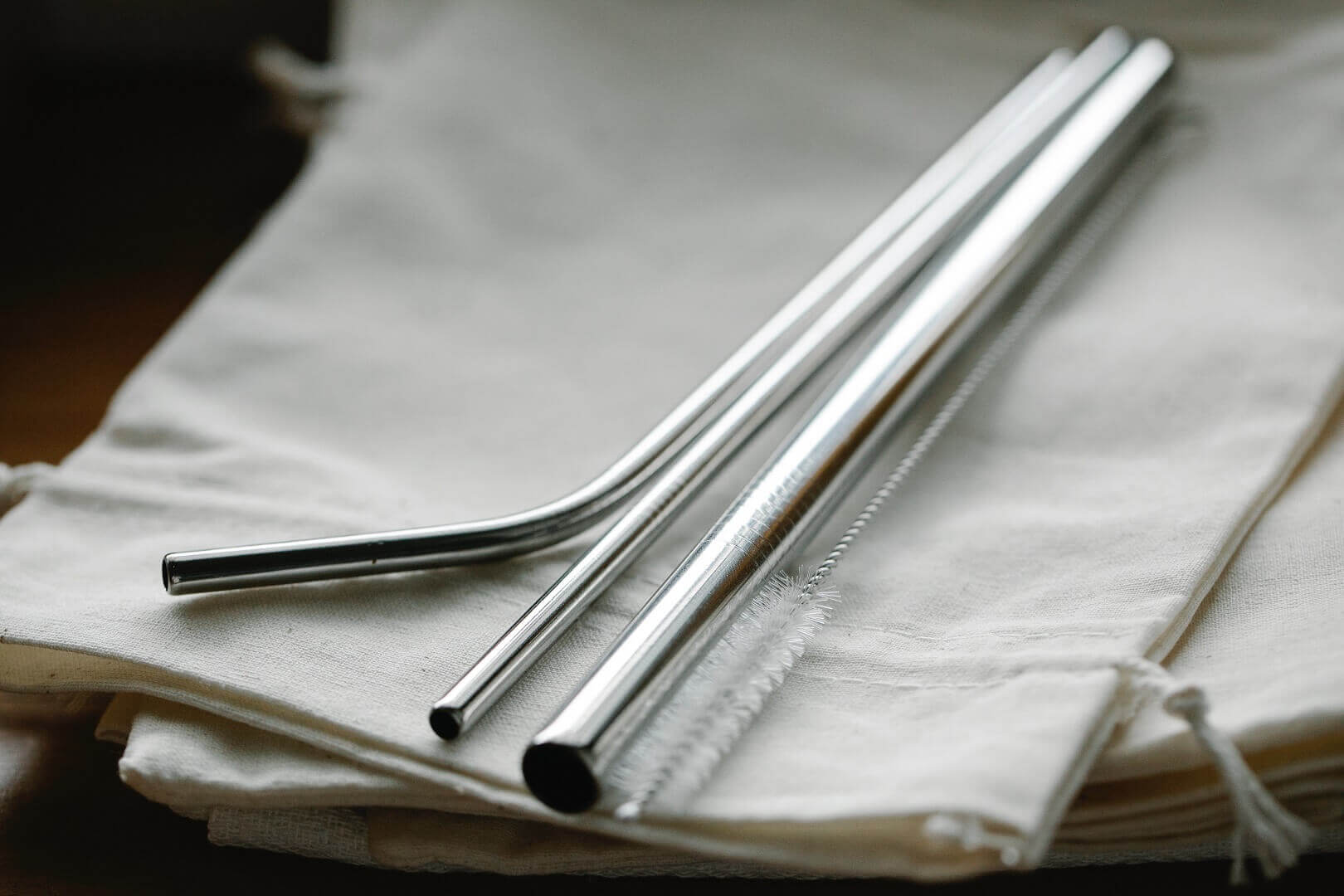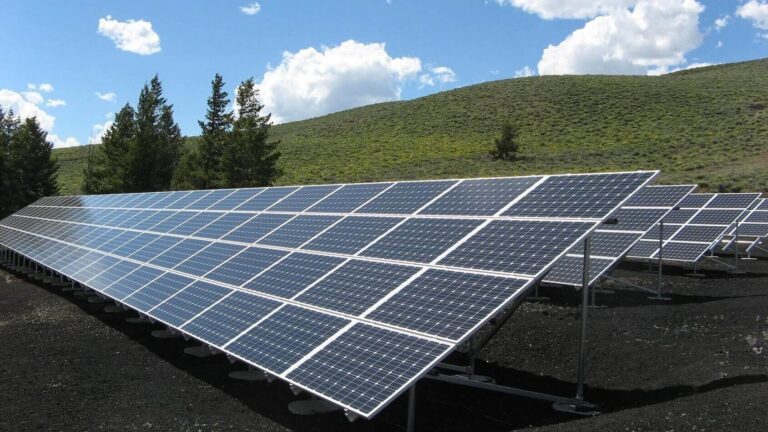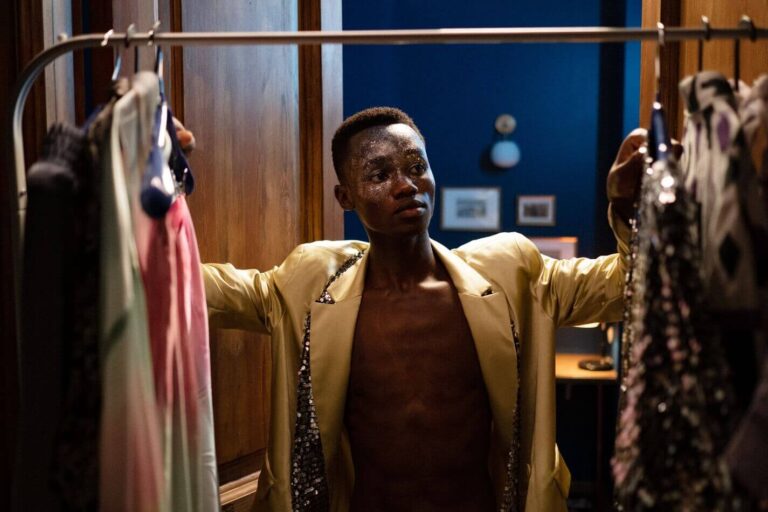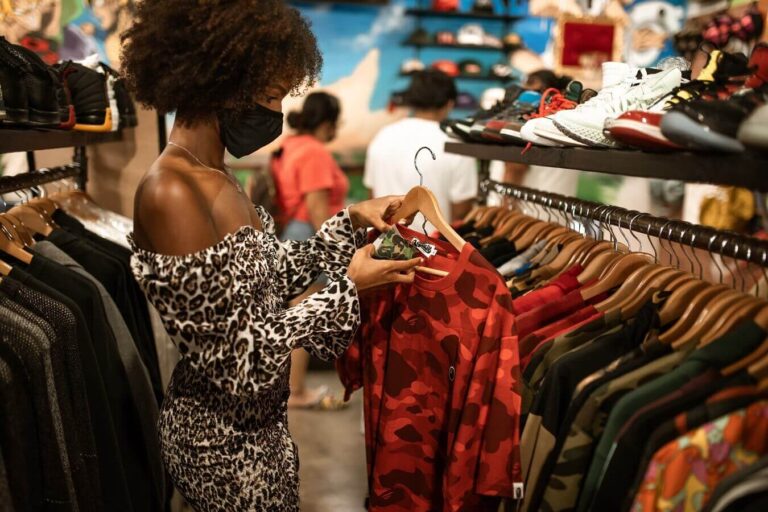what is ring spun cotton?
what is ring-spun cotton?
As its name implies, ring-spun cotton is cotton, but it has some differences from regular cotton.
Ring-spun cotton is made by curving and diminishing the cotton strands to make an extremely fine, solid, delicate rope of cotton, polyester, or a mix of filaments. Ring-spun textures are more strong and last longer than their standard partners, yet will likewise be more costly, as well.
Ringspun Cotton is very soft, it feels like it has been washed multiple times already. Most T-shirts depicted basically as “100 percent cotton” are produced using a more affordable, less refined open-end cotton, offering a great incentive for a fundamental tee. Ringspun cotton is smoother and more grounded.
is ring-spun cotton organic?
Yes! It depends on what type of cotton has been used, but ring-spun cotton is usually more organic than regular cotton, although organic cotton, as its name implies, is more organic.
Why is it organic? Well, ring-spun cotton usually uses higher quality cotton that has been grown more sustainably than regular cotton. But as we said earlier, it all depends on the type of cotton that has been used, as ring-spun cotton is a transformed type of cotton.

is ring-spun cotton sustainable?
As we said earlier, it depends, but most likely yes. That is because not only ring-spun cotton usually uses higher-quality, more sustainable cotton, but also the fabric itself is more durable.
One may argue that is not because many times it uses more energy and cotton to produce, but because it lasts much longer, it’s higher quality, and it uses more sustainable materials, it is usually a more sustainable fabric than regular cotton. It all depends on who is making the cotton.
However, organic cotton is more sustainable than ring-spun cotton as you know it has been grown sustainably using fewer resources, but it is also more expensive than ring-spun cotton, which is also more expensive than regular cotton. If you want to know more about organic cotton check this article out.
We use ring-spun cotton on most of our apparel because organic cotton is harder to produce and its higher price may scare away people that want to get into sustainable fashion. Although we plan on introducing many more organic cotton products and hopefully someday lowering their price so this wonderful material is available for everyone.
Is ring-spun cotton preshrunk?
Yes, ring-spun cotton is typically preshrunk. This means that the fabric has been treated with a chemical process to make the fibers shrink less when exposed to heat. This helps the fabric maintain its shape and size after washing.
In terms of environmental impact, preshrunk ring-spun cotton is not necessarily bad for the environment, it depends on the producer. The process uses chemicals that may contain some pollutants, but typically not enough to cause damage to the environment. Additionally, the use of preshrunk cotton can help reduce the amount of energy needed for laundry, as clothes do not need to be washed as often or with as hot of water, so their environmental impact ends up being positive.
But today we can also say that pre-shrunk ring-spun cotton can be sustainably produced. To do this, the cotton must be sourced from a supplier that practices sustainable methods of farming, such as crop rotation and the use of organic fertilizers. Additionally, the spinning and weaving processes must be done in an environmentally friendly manner, such as using low–impact dee and avoiding harsh chemicals.
is ring-spun cotton soft / breathable?
Yes! Its stronger and longer filaments make the fabric very soft and breathable. This fabric is also light weight than regular cotton and it’s a great comfortable choice for t-shirts and other apparel.
This fabric is also very absorbent and durable, although it can shrink if exposed to hot water, that’s why it’s important to buy pre-shrunk cotton. Also, sometimes especially with bigger sizes, apparel may be too small so if you have any doubts when choosing the size, always pick the bigger one, but incidents like this are rare.

nchịkọta
We hope you have learned a lot today, We’re thrilled to teach people around the world :). By the way, do you know about fast fashion and its terrible consequences for the environment, the people, and the economy? Do you know what Slow Fashion or the Sustainable Fashion movement is? You have to read these articles about this unknown but urgent subject, click here to read „Can Fashion Ever Be Sustainable?”, knowledge is power, ignorance is doom.
We also have a big surprise just for you! We have prepared a carefully dedicated About Us page where we will tell you who we are, what we do, our mission, our team, and many more! Agbagharala ohere a and click here to check it out. Also, you can visit our Pinterest, where we will pin sustainable fashion-related content and clothing designs that you will surely love.
Gbasaa ozi a:
- Pịa ịkekọrịta na Pinterest (Mepee na windo ọhụrụ)
- Pịa ịkekọrịta na Twitter (Mepee na windo ọhụrụ)
- Pịa ịkekọrịta na Facebook (Mepere na windo ọhụrụ)
- Pịa ịkekọrịta na WhatsApp (Mepee na windo ọhụrụ)
- Pịa ịkekọrịta na Reddit (Mepere na windo ọhụrụ)
- Pịa ịkekọrịta na Telegram (Mepee na windo ọhụrụ)
- Pịa ịkekọrịta na LinkedIn (Mepere na mpio ọhụrụ)
- Mọrọ


